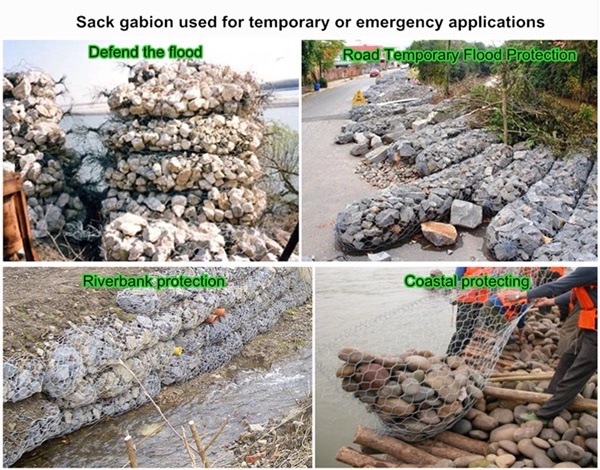okt . 31, 2024 14:48 Back to list
Guide to Installing Gabion Boxes in China for Effective Landscape Design
Installation Guide for China Gabion Boxes
Gabion boxes have gained popularity in landscaping, erosion control, and civil engineering projects due to their durability and versatility. The installation process, while straightforward, requires attention to detail for optimal results. Below, we will outline a step-by-step guide for installing gabion boxes, focusing on best practices to ensure a successful installation.
Step 1 Planning and Design
Before starting the installation, it’s essential to conduct a thorough site analysis and plan the design. Identify the area where the gabion boxes will be installed, considering factors such as drainage, soil type, and the overall landscape design. Create a layout plan that specifies the dimensions and placements of each gabion box.
Step 2 Preparation of the Site
Clear the installation area of any vegetation, debris, and loose soil. Excavate the ground to create a stable foundation, ensuring it is level and firm. This step is crucial for preventing erosion and guaranteeing that the gabion boxes remain securely in place over time. If necessary, lay a landscape fabric to help control weeds and enhance drainage.
Step 3 Installing the Gabion Boxes
china gabion box installation

Once the site is prepared, start placing the gabion boxes according to the design plan. For most installations, it is recommended to stack the boxes in a staggered pattern, which enhances stability. Connect the boxes using wire ties or clips, ensuring that they are securely fastened together. This is particularly important for retaining walls or large structures where additional support is needed.
Step 4 Filling the Gabion Boxes
After securing the boxes in place, begin filling them with stones or other materials. It’s advisable to use a variety of stone sizes to ensure stability and minimize voids. As you fill each box, regularly check for levelness and make adjustments as needed. Compacting the material slightly during this process can help mitigate settling later on.
Step 5 Top Closure and Final Adjustments
Once the boxes are filled, close them using the lids or tops provided. This step is vital in maintaining the integrity of the structure. After closing, perform a final inspection to ensure everything is secure and up to standard.
Conclusion
Installing gabion boxes is a manageable task that, when done properly, can significantly enhance the stability and aesthetics of your landscape. By following these steps—planning, site preparation, box installation, filling, and closure—you can create a robust and functional structure that can withstand the test of time. With the right care and attention to detail, your gabion boxes will serve their purpose effectively for years to come.
-
Durable & Rust-Proof Fiberglass Window Screens Custom Sizes
NewsMay.12,2025
-
Top 9 Gauge Chain Link Fence Manufacturer Custom Solutions
NewsMay.12,2025
-
Temporary Orange Fencing - High-Visibility Safety Barriers & Solutions
NewsMay.11,2025
-
Chain Link Border Fence Manufacturer Durable & Secure Solutions
NewsMay.11,2025
-
Durable Vinyl Fence Mesh Low-Maintenance & Weather-Resistant Solutions
NewsMay.10,2025
-
CBT-65/60 Razor Barb Wire High-Security Certified Manufacturers
NewsMay.10,2025



